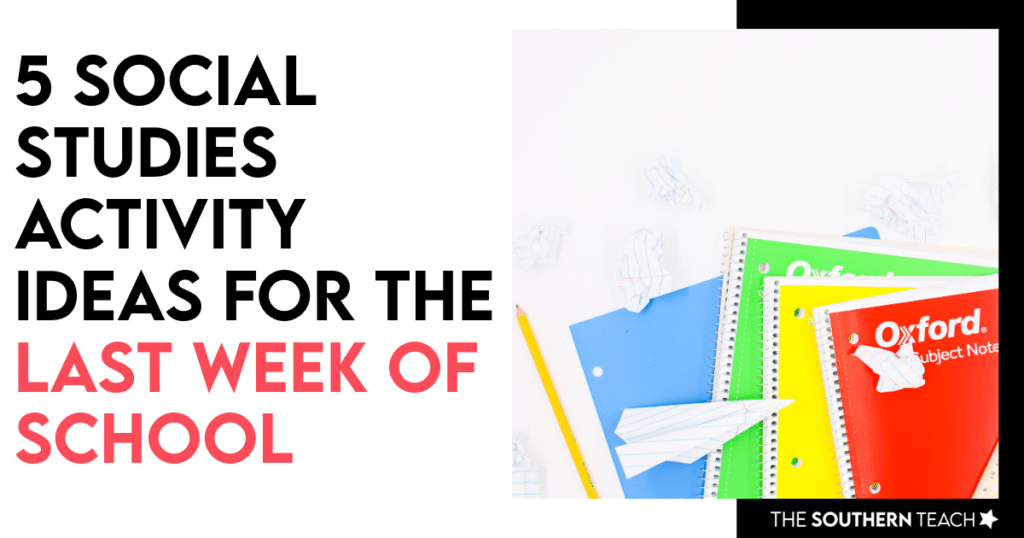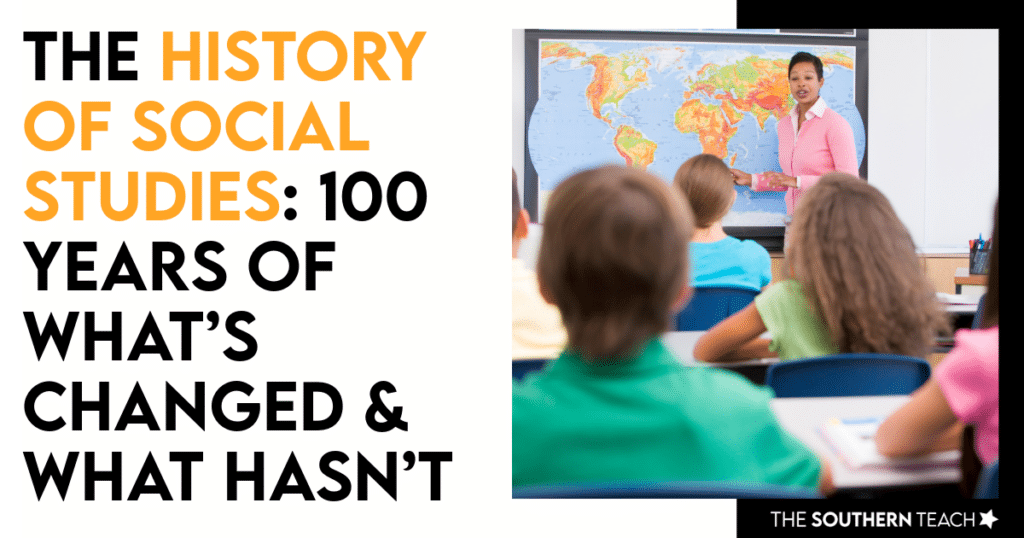Share This Post:
As an elementary teacher, you know that sometimes the tiny details make all the difference when it comes to setting up your classroom and teaching materials. Have you ever thought about how font pairing and typography can take your documents from “meh” to “marvelous”?
Here are 4 font pairing tips as well as typography tricks. They’ll help you to create stunning parent forms, great-looking permission slips, fun TPT resources, and anything else related to your classroom.
First, let’s cover the basics about typography and fonts!
What is Typography?
Typography is the way letters, numbers, and symbols are styled to create a certain look and feel in writing or design. It includes things like font choice, size, spacing, and alignment, which can make text easier to read and more visually appealing.
For example, a classroom anchor chart might use a bold, playful font to grab students’ attention, while a history textbook sticks with a classic serif font for a more formal, structured look.
What are Fonts?
A font is a set of displayable typography in a specific style or size. There are 3 main types of fonts:
Serif fonts
Serifs are the little tails you see on the ends of letters. These are great for printed items like newspapers, and they have a classic look. Examples of these types of fonts are Times New Roman and Playfair Display.
Sans-Serif fonts
Sans-Serif fonts are more rounded and modern. They are easier to read on digital screens. Examples of these types of fonts are Calibri, Century Gothic, and Poppins.
Display fonts
These fonts come in a variety of styles and can resemble a handwritten look (both print and cursive). They are the types of fonts you may see on TPT resources. A lot of font artists such as KA Fonts, KG fonts, and PB fonts are all display fonts.
How Do I Choose the Right Fonts?
Choosing the right fonts depends on your audience and your message.
A letter to third grade students probably shouldn’t be in a super cute cursive font, students will most likely not be able to read it. If you have a serious disciplinary letter or bad news, avoid some type of artsy or wiggly font.
Your fonts need to match the tone of what you want to communicate and be easily readable for the target audience.
What are some Font Pairing Tips?
It can be hard to figure out and navigate which fonts go well together, which fonts to avoid, and which fonts clash. Here are a few simple font pairing tips to use right now, whether you’re creating something for your classroom or a TPT resource.
1. Use font families.
Font families are typefaces that range in weight (line thickness). Montserrat is an example of a font family.
It’s easy to pair a bold heading with thinner body text in a font family. If you want to use the same font in a document, this is a great way to distinguish sections – just use different font weights and text sizes!
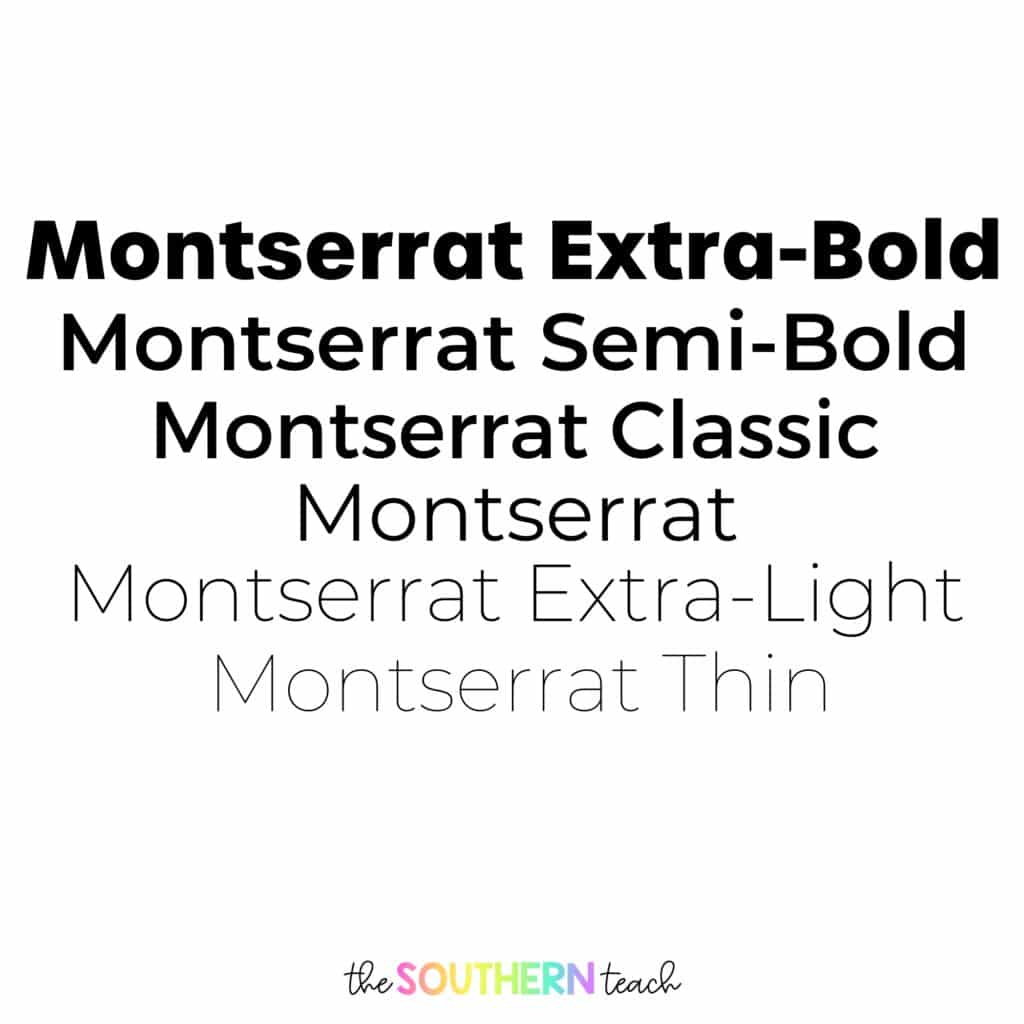
2. Limit the use of fonts.
Limit to no more than three fonts on one resource or activity. Less is more! Your design may end up looking too busy. This can confuse or distract your intended audience.
3. Pair a serif with a sans-serif font.
You’ll be surprised at how using a serif and sans-serif font pairing combo looks!
One example is that you can pair a serif font such as Playfair Display as a heading, and change the weight to make it more or less bold.
Then, you can pair the body text with a sans-serif font such as Montserrat or Poppins. This makes a really cool, cohesive font!
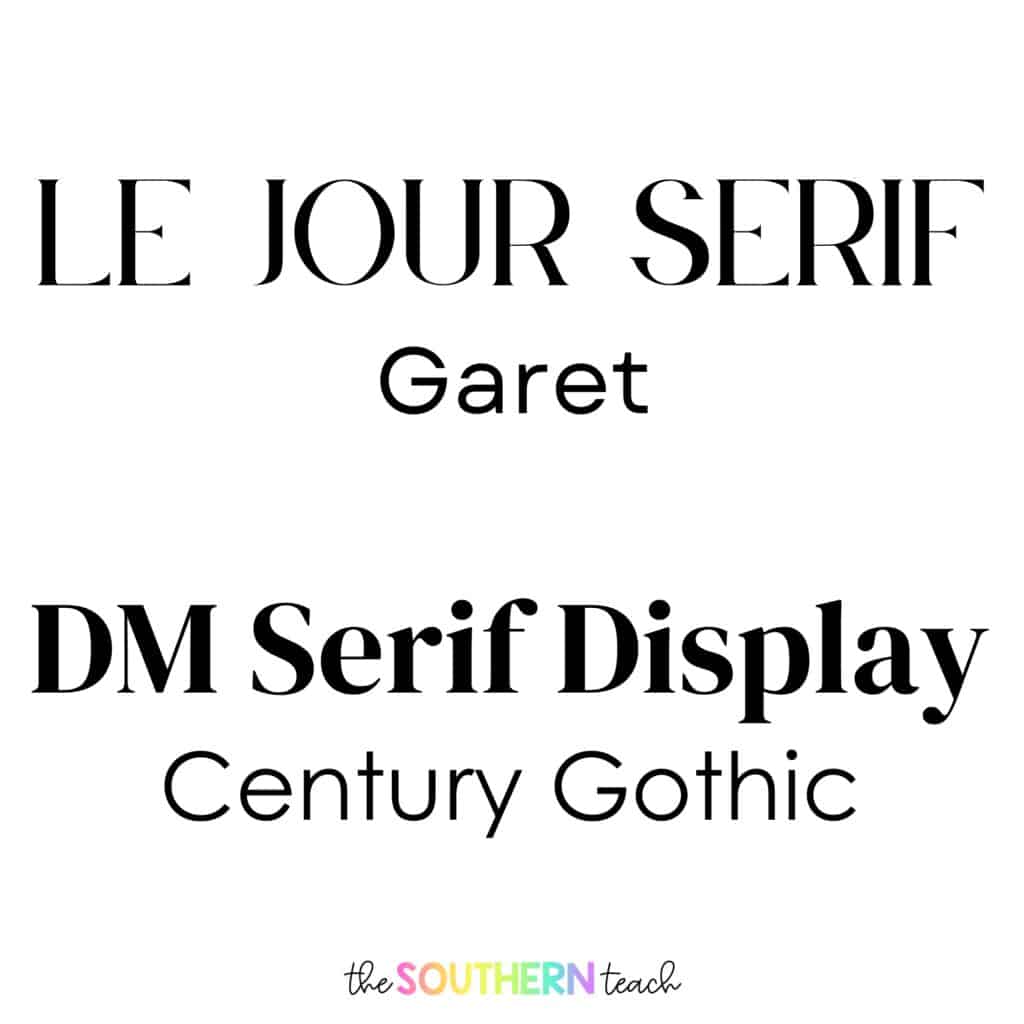
4. Avoid fonts that look too similar.
The last tip is the avoid fonts that look similar to each other as a heading and body text. One example would be to combine two script fonts that look almost identical, or to use two super classy fonts.
Usually you can tell pretty quickly that there’s something not right with the fonts you put together. Follow that instinct – fonts should be visually distinct.
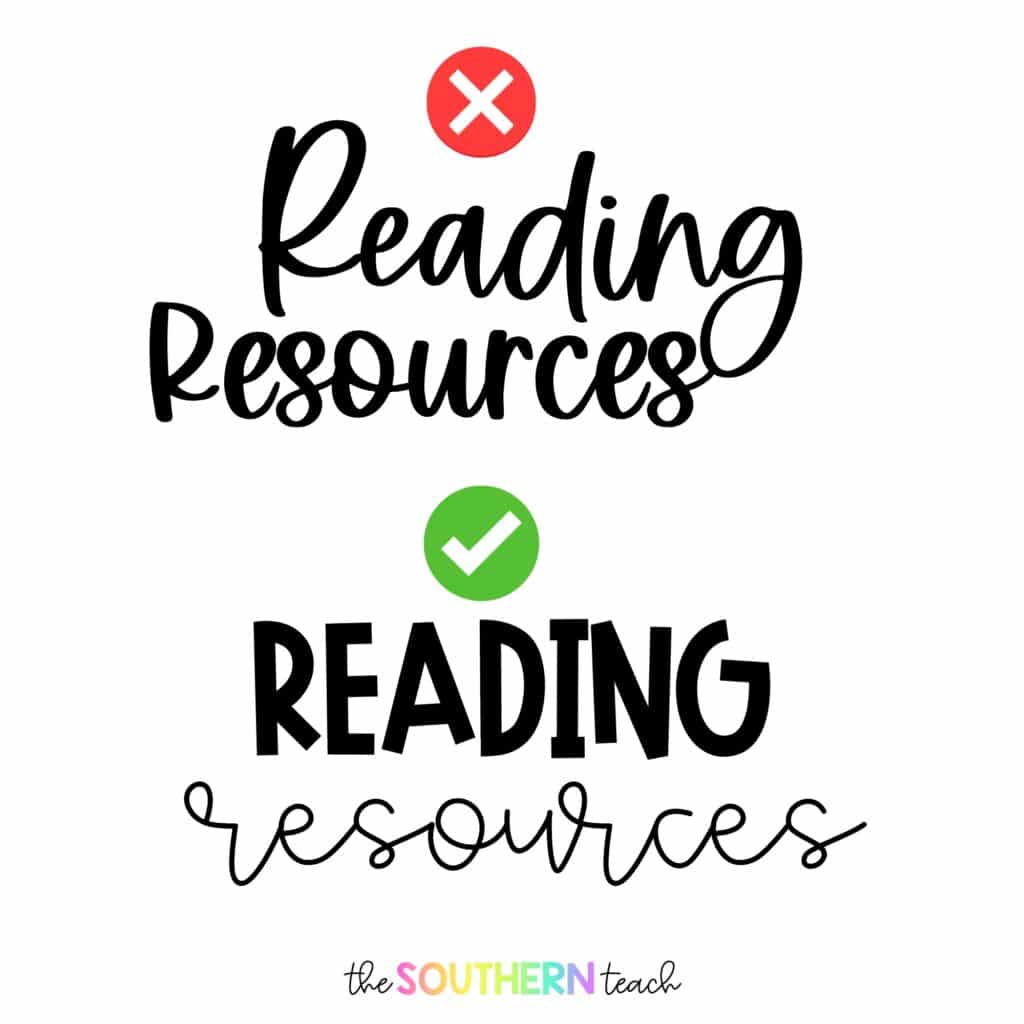
Where can I find fun fonts for my classroom?
If you’re looking for any fun fonts for your classroom, check TPT!
You can start by downloading fonts created by Kimberly Geswein. Her fonts are popular and completely free for personal use in the classroom. When you download a font, you can use it an unlimited number of times in your classroom.
If you’re a TPT seller, you can invest in fonts for commercial use! Let’s say you have a KG font you love and want to use in some of your TPT resources. You can actually purchase licenses, and there are some TPT font artists that include the license with your purchase.
My big warning for you though is just to not go in a deep hole of buying all the fonts – I have been there, and it is not fun. It makes somebody who is super indecisive like I am even more indecisive!
Happy font pairing!
kirsten hammond
Kirsten is a former 3rd and 5th grade teacher who loves helping upper elementary teachers by creating resources and sharing ideas that are engaging, research-based, and TEKS-aligned. She is a work-from-home mama of 3 rambunctious little ones and loves running, true crime, and lots of coffee.











